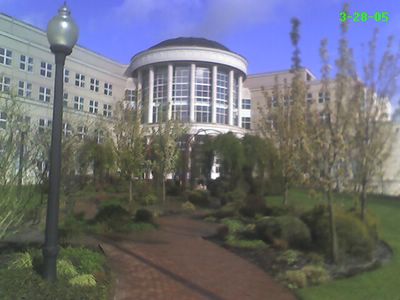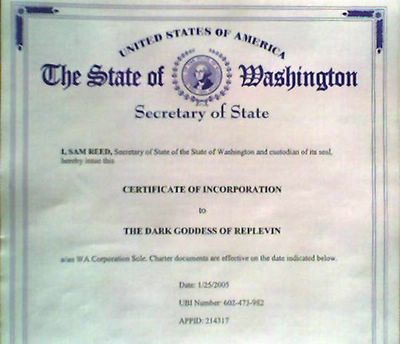
A better view of the RJC, through its garden in the front.
It is striking to me how much different the process of eliciting direct examination answers is from eliciting cross-exam answers. Because the product, ideally, should look and sound much different, the process of its creation is or should be different.
In direct examination, I set my ego aside (yes, it can be done). The witness becomes the star, and I fade into the background. If I can get my witness to feel like he or she is having a conversation with me, and show traces of actual personality (difficult in the highly stylized world of the courtroom), my work is done.
The best description I have ever read of the process of prepping a witness was written by a layperson:
And so I learned about the wide gulf that separates the facts from the truth. Rader and I had a dozen similar conferences over the next five months. "Preparing testimony," it was called. WIth each session, my admration for Rader's legal skills increased. * * * I was fascinated by the testimony that was produced by our Socratic dialogues. Rader had it all written on yellow legal tablets, and I observed that no one word of it was perjured. There were qualifying phrases here and there . . . but there wasn't a single lie in it. And yet it wasn't the truth.

No comments:
Post a Comment